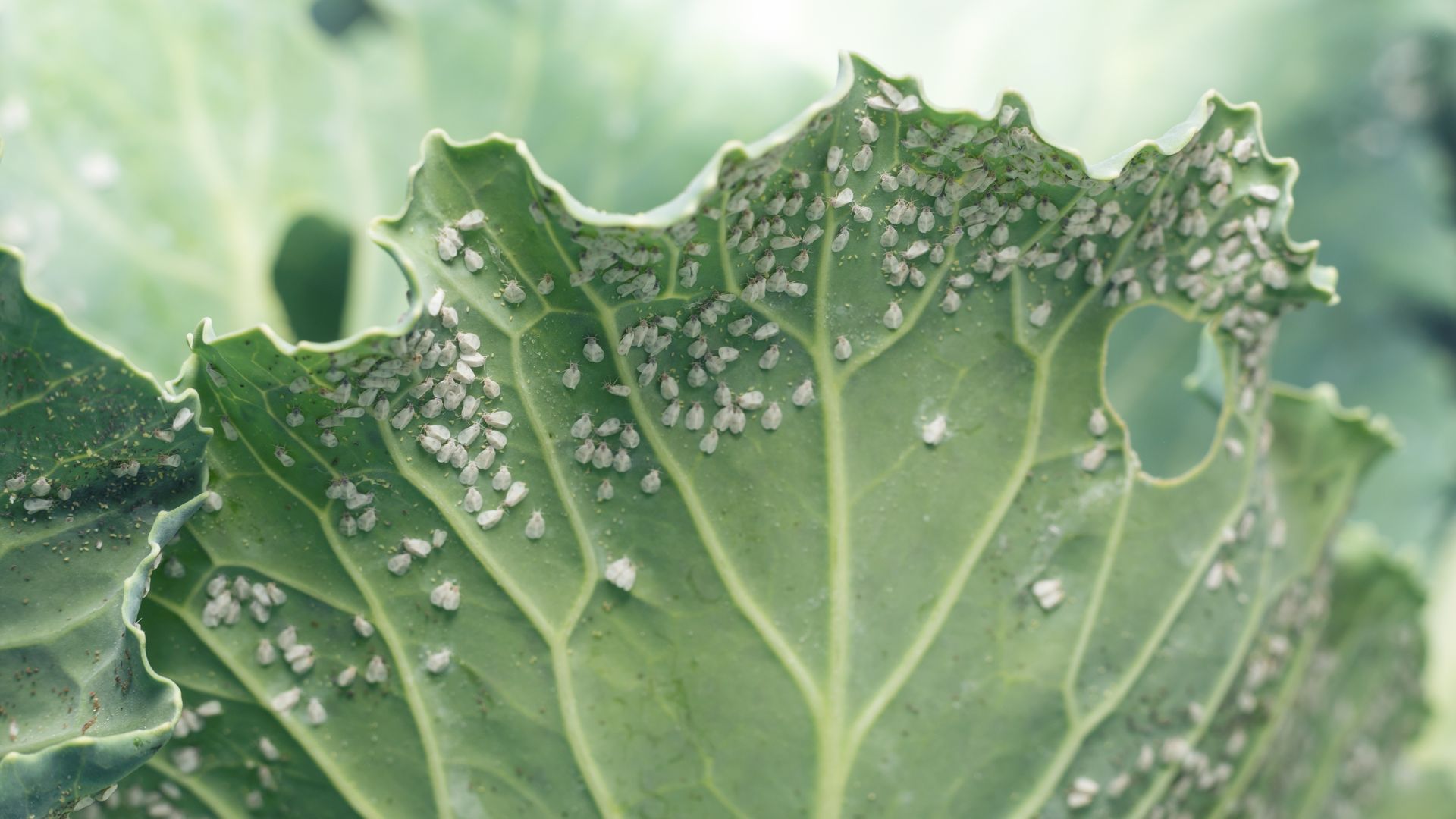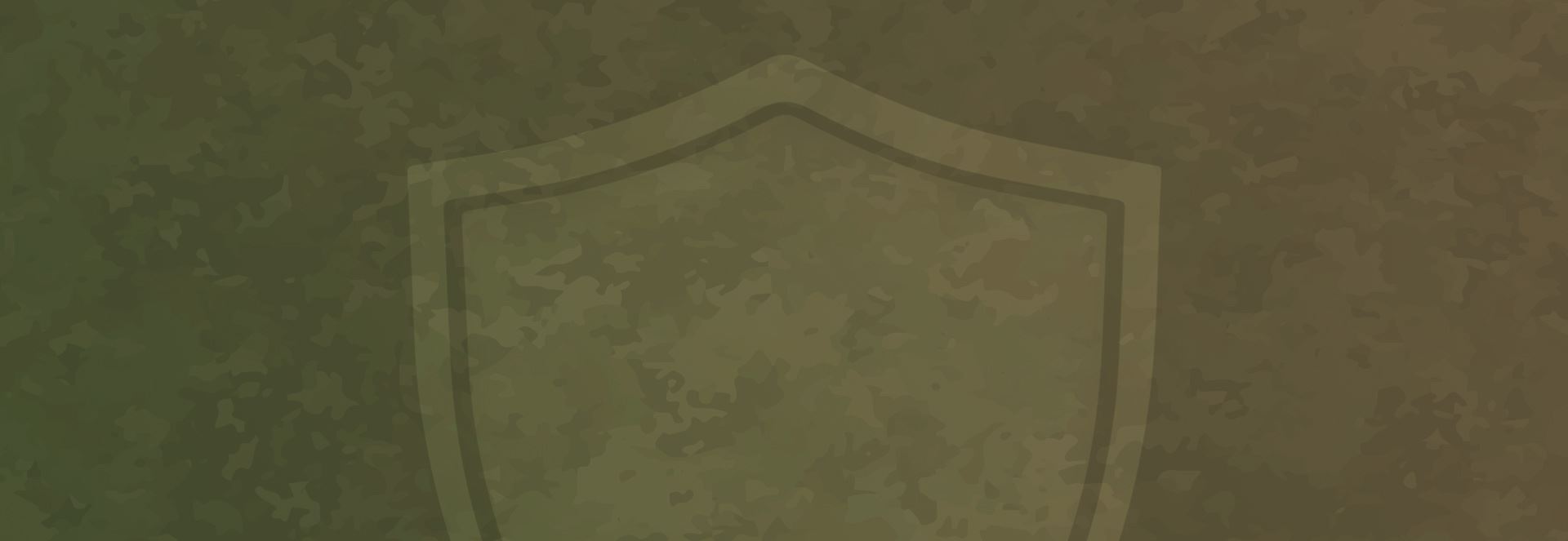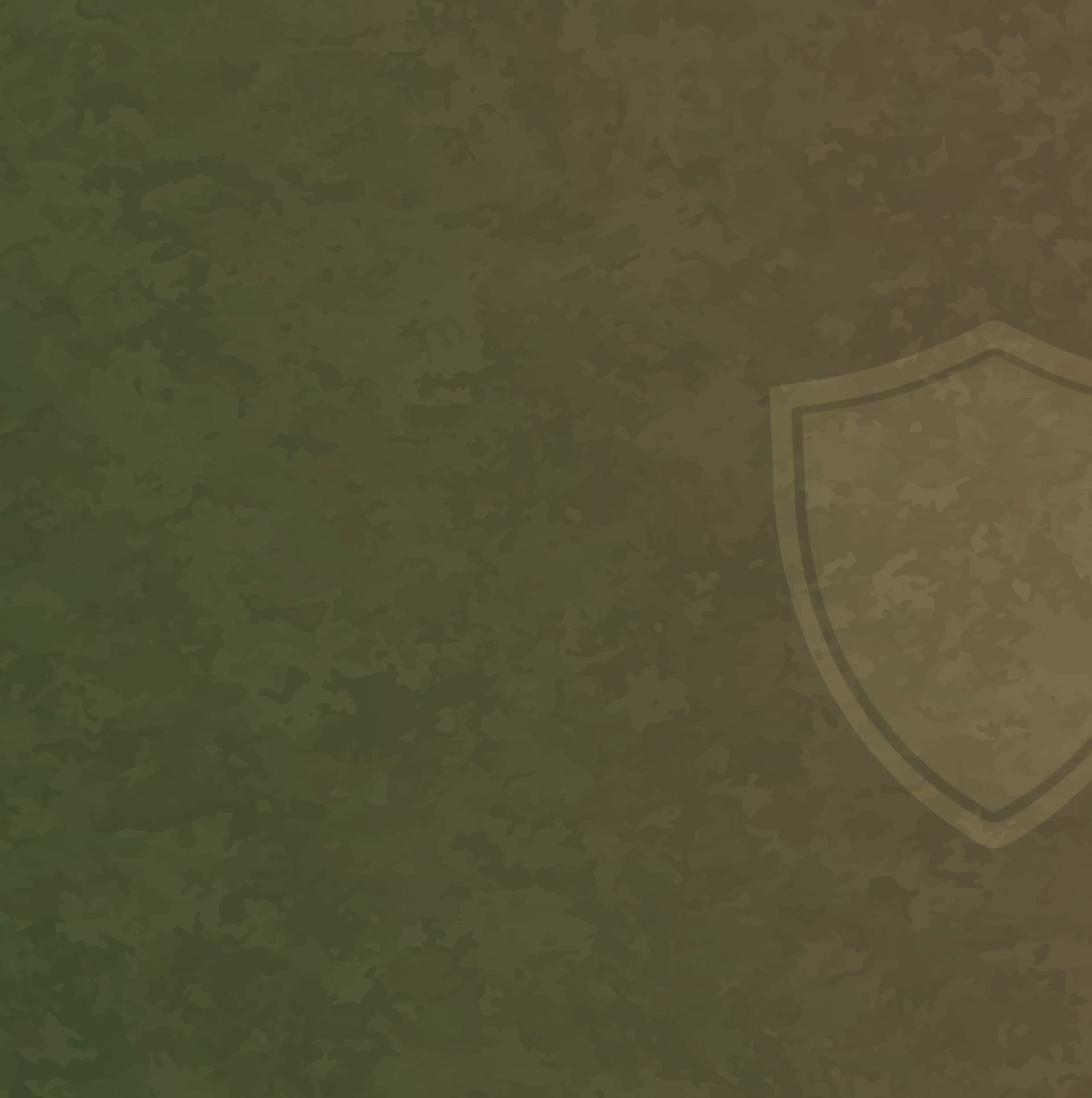
Are You Struggling With Termite Control In Plymouth?
Termites cost U.S. property owners over $5 billion annually. The reason termites do so much damage to structures is that they're sneaky insects. Bite by bite, over the course of years, termites can eat you out of house and home.
If you want to avoid termite damage, you need to know how to detect termite infestations in Plymouth, why they may choose your home, and how to stop them in their tracks. These are our topics today. We'll share some facts about termites to help you detect signs of termites in your yard. We'll look at why and how they infest Plymouth homes so you can detect active termites or warning signs of termites in your home. Then, we will tell you what works to guard your property and prevent a termite problem.
For immediate assistance with professional termite pest control in Plymouth, jump to our contact page or call us. The service team at Combat Pest Control is here to help you find an effective solution to address your pest issues or concerns.

Why Combat Pest Control Is The Right Choice For Your Home Or Business
-
Affordable TreatmentsPest control should not be something that’s too expensive to be within reach. Combat Pest Control offers a range of pest control options and plans to meet any budget while delivering the service you need.
-
Exceptional ServiceAs a local business that has served the Plymouth area for over 25 years, Combat Pest Control takes our commitment to our customers seriously. We treat you like our neighbors because you are!
-
Customized Pest SolutionsNo two homes or businesses are alike or have the same pest control needs. We take the time to identify your pest issues and assess your unique situation so that we can create a customized treatment plan to meet your needs.
-
Best-In-Class ServiceCombat Pest Control is a local company that treats our customers like our neighbors because you are! From our friendly, informative technicians to our no-nonsense guarantee, you won’t find better service anywhere else.
How To Identify A Termite Infestation
Sometimes, you don't have to wonder if you have termites – it's obvious. But the clear signs of a termite infestation are not the best way to detect termites. Why? Because these signs often come long after your home has been damaged. Let's look at these signs first, and then look at the subtle signs you can find long before termites harm your property.
- Termite swarmers. A termite swarm in your house is definitely a sign that you have a problem. Swarmers are hard to miss when they're crawling on your indoor window panes or window sills. But swarmers signify that your home has had a nest inside or near it for several years. It takes years for a termite nest to produce swarmers.
- Holes. Termites may create holes you can see. Drywood termites create tiny holes called kick-out holes. These kick-out holes are the size of a pencil tip. They may also create larger holes due to the damage they're causing. When you see holes, you may inspect them with a flashlight and see termites moving inside. If you do, you won't have to wonder if you have active termites in your home.
- Frass. Drywood termites create a material called frass. It is the droppings of termites that are pushed out of tunnels by the workers. Termite droppings look like hard, wooden pellets because they are dry, hard, and the same color as the wood the workers are eating.
- Shelter tubes. Subterranean termites create mud tubes. The appearance of tubes is a clear sign of termites in your home. A shelter tube is made of mud and will likely look like a little, wiggly mud line.
If you see swarmers, damage, frass, or mud tubes, they are indications of a current and active infestation and warning signs that your home is already damaged. While these things are certainly helpful evidence of termite damage and an active infestation, there are better ways to detect termites.


A member of our team will be in touch shortly to confirm your contact details or address questions you may have.
Why And How Termites Infest And Destroy Homes
Another way to detect termites is to look for the signs they provide when they get into your home. If you know why and how termites infest your home, you'll know where to look for these warning signs in and around your home.
Termites eat wood and other materials that have cellulose. They have a preference for natural wood sources and wood that is damaged by water. Old and rotted structural timbers are most vulnerable to damage. When you search for the warning signs of an infestation, check sole plates. They're the horizontal wood timbers that rest on your foundation slab or walls. Here are a few things to check for in this zone:
- Exposed tunnels. These will look like trenches stacked on top of each other. Some describe termite tunnels as looking like corrugated cardboard.
- Mud patches and muddy trenches. Termites bring soil up into their tunnels to hold moisture. When tunnels are exposed, the tunnel walls feel gritty to the touch. If the tunnels are not exposed, you may see tiny mud patches on the wood. Termites create those tiny patches to seal their tunnels and keep the moisture in.
- Mud tubes. These structures, often called shelter tubes, are created by worker termites to go from the soil to structural wood. They will look like a wiggly line of mud at first. As more tubes are created, the worker termites may stack the tunnels, and they will start to look like a thick pillar. They also branch their tunnels as they move up the side of a foundation wall. These branching tunnels look like a wiggly, muddy river, or you might see them as a lightning bolt pattern.
- Damage. When termites damage the inside of wood, the outside sometimes splinters. You may also tap on wood to see if it sounds hollow.
The most common termites in Plymouth are subterranean termites. These insects live in the ground and come up from the ground to damage structures. You need to check under decks and patios, in crawlspaces, and on basement walls. You can also dig soil away from wood structures that enter the ground, such as the posts on your back deck or a backyard fence.

Hear From Our Happy Customers
They really do say it best!
At Combat Pest Control, your satisfaction is our priority! See for yourself what our customers have to say about working with us.
-
"They were great!"
The owner came out himself and he found a second huge yellow jacket nest that we didn't even know was there and he took care of that nest too.
- Jill G. -
"Highly recommend!!!"
Combat is the best! We couldn’t live in Hanover with John and his crew! Very responsive and thorough.
- Michelle L. -
"Professional, Friendly, & Informative"
John was professional, friendly, and informative. I would highly recommend John and Combat Pest Control to anyone, and if needed in the future they will be the company I call first for any type of pest control in my home.
- Michelle R. -
"The Best!"
Chad is super knowledgeable and friendly. Appreciate his work as well as the rest of the Combat team!
- Robert P. -
"Combat is great!"
They're easy to work with, pricing is great and they always manage to get someone to my house when needed. Having a dedicated technician is helpful too to build rapport with the company.
- Anthony G. -
"I strongly recommend Combat Pest Control"
This is our third year with them. We first called because of ants in the house. I couldn't stop them. Combat did the job and we are ant-free. Combat responds quickly to an ant in the kitchen and wasps and bees nests. Thank you Combat !
- Mark C. -
"Highly recommended."
I'm very pleased with John's pest control performed on my house in south Weymouth. He has found the nest of the ants. I really appreciate his professionalism. Will hire them again and again.
- Shirley H. -
"Made Everything Easy for Us"
John & the Combat team know our house well and the critters that challenge us. He's quick to respond to any attempted incursion and quickly responds to defeat them. They also take great care in working around our dogs
- Kristen P.





.2410290506368.jpg)
